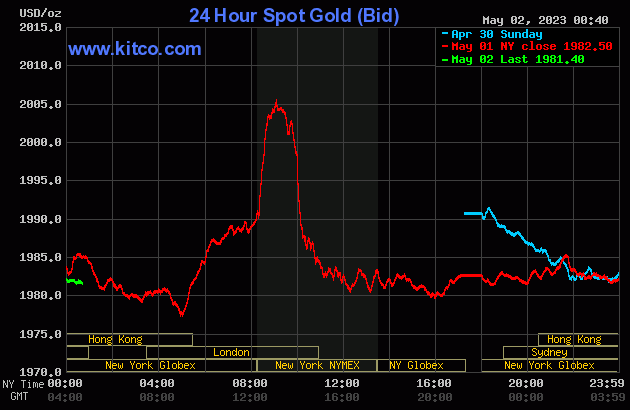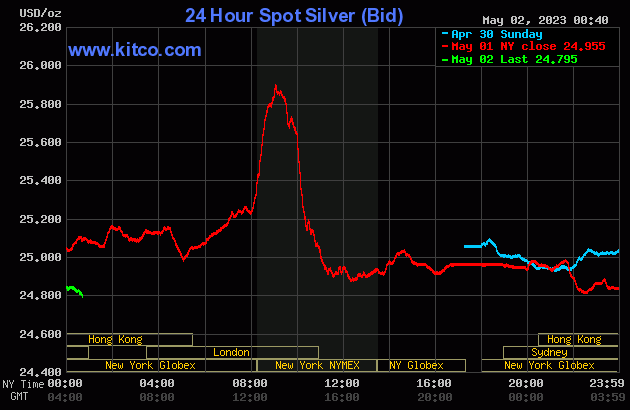Blockchain Wallets: A Beginner's Guide to Understanding and Using Them
Blockchain wallets are an essential tool for anyone looking to invest or use cryptocurrencies. These digital wallets allow users to store and manage their cryptocurrencies, including Bitcoin, Ether, and others. Blockchain wallets use advanced encryption techniques to ensure security and provide users with complete control over their funds.
To use a blockchain wallet, users must first set up an account and generate a unique public address and private key. The public address is used to receive funds, while the private key is used to access and send funds. Transactions on the blockchain are verified by a network of nodes, making them decentralized and transparent.
While blockchain wallets may seem complex, they are essential for anyone looking to invest or use cryptocurrencies. By providing users with complete control over their funds and utilizing advanced encryption techniques, blockchain wallets offer a secure and efficient way to manage digital currencies. Whether you're an experienced investor or just starting, understanding how to use a blockchain wallet is crucial for success in the world of cryptocurrencies.
What is a Blockchain Wallet?
Definition
A blockchain wallet is a digital wallet that allows users to store, manage, and transfer their cryptocurrencies securely. Blockchain wallets use blockchain technology to record and verify transactions, ensuring that each transaction is legitimate and secure. The wallet stores the user's private key, which is used to access their cryptocurrency, and their public key, which is used to receive cryptocurrency.
Types of Blockchain Wallets
There are several types of blockchain wallets, including desktop wallets, mobile wallets, hardware wallets, hot wallets, cold wallets, and paper wallets.
Desktop wallets are software wallets that are downloaded onto a user's computer. They can be used to store multiple cryptocurrencies and are accessible only from the computer on which they are installed. Mobile wallets, on the other hand, are apps that can be downloaded onto a user's smartphone. They are convenient for users who need to access their cryptocurrency on the go.
Hardware wallets are physical devices that store a user's private key offline, making them more secure than software wallets. They are often used for large amounts of cryptocurrency and are considered the most secure type of wallet.
Hot wallets are connected to the internet and are easier to access but are also more vulnerable to hacking. Cold wallets, on the other hand, are not connected to the internet and are considered the most secure type of wallet. Paper wallets are a form of cold wallet that is printed on paper and can be stored offline.
How Do Blockchain Wallets Work?
Blockchain wallets work by using a public key, which is used to receive cryptocurrency, and a private key, which is used to access and transfer cryptocurrency. When a user sends cryptocurrency, they create a transaction that is broadcast to the network. The network verifies the transaction using blockchain technology, ensuring that it is legitimate and secure.
To access their cryptocurrency, users must enter their private key or scan a QR code, which contains their wallet ID. The wallet ID is a unique identifier that is used to access the user's cryptocurrency. Some popular blockchain wallets include Exodus, Ledger Nano S, and online wallets provided by cryptocurrency exchanges.
In summary, blockchain wallets are digital wallets that allow users to store, manage, and transfer their cryptocurrencies securely. They come in various types, including software wallets, hardware wallets, hot wallets, cold wallets, and paper wallets. They work by using a public key to receive cryptocurrency and a private key to access and transfer cryptocurrency.
How to Use a Blockchain Wallet
Using a blockchain wallet is relatively simple, but it is important to understand the basic features and functions. This section will provide a step-by-step guide on how to use a blockchain wallet, including creating a wallet, setting it up, sending and receiving cryptocurrencies, checking balances, and ensuring security.
Creating a Blockchain Wallet
To create a blockchain wallet, users must first choose a wallet provider. Some popular providers include Trezor, Mycelium, and Coinbase. Once a provider is chosen, users can create a new wallet by following the instructions on the provider's website. This typically involves entering an email address and creating a password.
Setting Up Your Blockchain Wallet
After creating a wallet, users must set it up by generating a private key and public address. The private key is a secret code that allows users to access their wallet and make transactions. The public address is a unique code that serves as the wallet's address and allows other users to send cryptocurrencies to the wallet.
Sending and Receiving Cryptocurrencies
To send cryptocurrencies from a blockchain wallet, users must enter the recipient's public address and the amount they wish to send. To receive cryptocurrencies, users must provide their public address to the sender. It is important to double-check all addresses before sending or receiving cryptocurrencies to avoid losing funds.
Checking Your Balances
Users can check their blockchain wallet balances by logging into their account and viewing their transaction history. Some wallets also allow users to view their balances in real-time and set up alerts for certain transactions.
Fees and Security
When using a blockchain wallet, users should be aware of the fees associated with transactions. These fees are typically dynamic and based on the current network congestion. Some wallets also offer additional security features, such as two-factor authentication or email notifications for transactions.
Overall, using a blockchain wallet is a simple and secure way to store and manage cryptocurrencies. By following these basic steps and taking the necessary precautions, users can ensure that their funds are safe and secure.
Blockchain Wallet Security
When it comes to blockchain wallets, security is a top priority. Users need to ensure that their digital assets are safe from hacking attempts and other malicious activities. In this section, we will discuss the features of secure blockchain wallets, the types of blockchain wallet security, and best practices for blockchain wallet security.
Features of Secure Blockchain Wallets
Secure blockchain wallets have several key features that make them highly secure. One of the most important features is two-factor authentication. This requires users to enter a code sent to their mobile device or email in addition to their password. Recent transactions are also displayed in the wallet interface, allowing users to monitor their account for any suspicious activity.
Another important feature of secure blockchain wallets is user-friendly interfaces. Sign-up processes are easy to navigate, and the wallet should support multiple cryptocurrencies. Low transaction fees are also a plus, as it ensures that users are not losing money unnecessarily.
Types of Blockchain Wallet Security
There are several types of blockchain wallet security, including hardware wallets, web wallets, and intermediary wallets. Hardware wallets, such as the Ledger Nano X, are highly secure as they store private keys offline. Web wallets, on the other hand, are accessible through a web browser and are more vulnerable to hacking attempts.
Intermediary wallets, such as Copay, require multiple signatures to approve a transaction. This makes it more difficult for hackers to access user data. It is important to note that each type of wallet has its own set of pros and cons, and users should choose the type that best suits their needs.
Best Practices for Blockchain Wallet Security
To ensure the highest level of security for their blockchain wallets, users should follow best practices such as keeping their private keys safe, using strong passwords, and regularly updating their wallet software. Privacy is also a concern, and users should be aware of the data that their wallet collects and how it is used.
It is also recommended that users only use highly secure wallets and avoid using web wallets on public computers. Users should also be cautious of phishing attempts and avoid sharing their private keys with anyone.
Overall, blockchain wallet security is of utmost importance in the crypto world. By following best practices and choosing secure wallets, users can ensure that their digital assets are safe and secure.
Conclusion
Blockchain wallets are an essential tool for anyone who wants to own and use cryptocurrencies. These wallets provide a secure and convenient way to store, send, and receive digital assets. By using a blockchain wallet, users can enjoy a high degree of privacy and control over their funds, without the need for intermediaries like banks or payment processors.
One of the main benefits of blockchain wallets is their security. Because they use cryptographic algorithms to secure transactions and store private keys, these wallets are virtually immune to hacking and fraud. Moreover, blockchain wallets offer a high degree of anonymity, as users can create multiple addresses and use them to send and receive funds without revealing their identity.
Another advantage of blockchain wallets is their low transaction fees. Unlike traditional banking systems, which often charge high fees for international transfers, blockchain wallets allow users to send funds across borders at a fraction of the cost. This makes them an ideal choice for people who need to send and receive money globally, such as freelancers, entrepreneurs, and investors.
Overall, blockchain wallets are a powerful tool for anyone who wants to participate in the cryptocurrency ecosystem. By using a reliable and secure wallet, users can protect their assets, enjoy greater privacy and control, and take advantage of the many benefits of decentralized finance. Whether you are a seasoned investor or a newcomer to the world of crypto, a blockchain wallet is an essential tool that can help you achieve your financial goals.
Tim Moseley












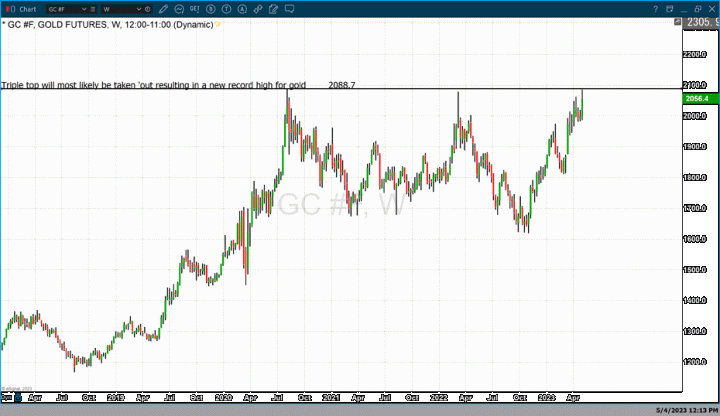
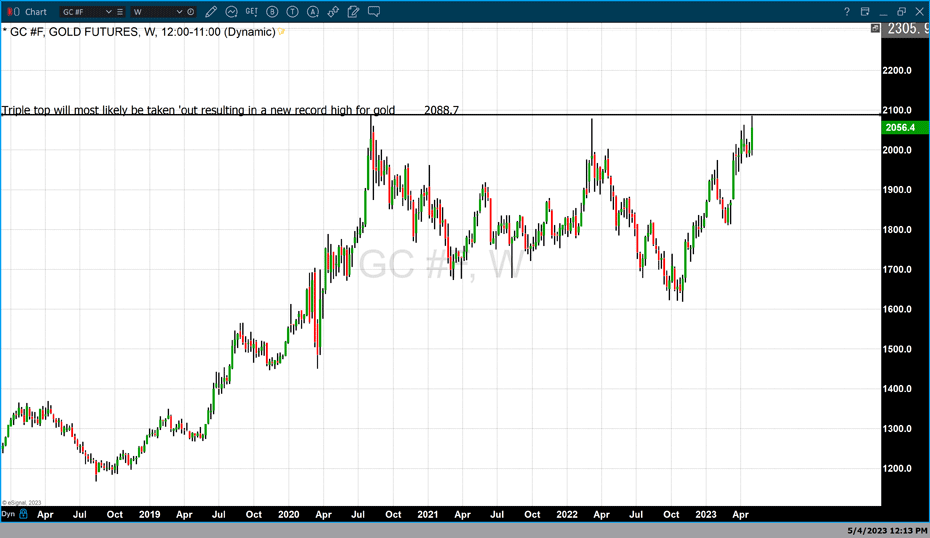
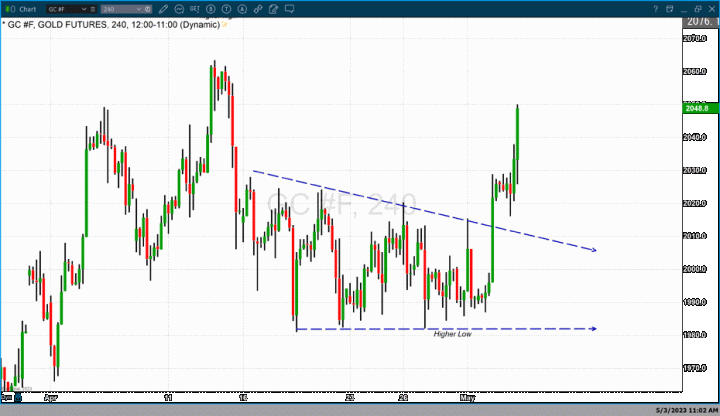
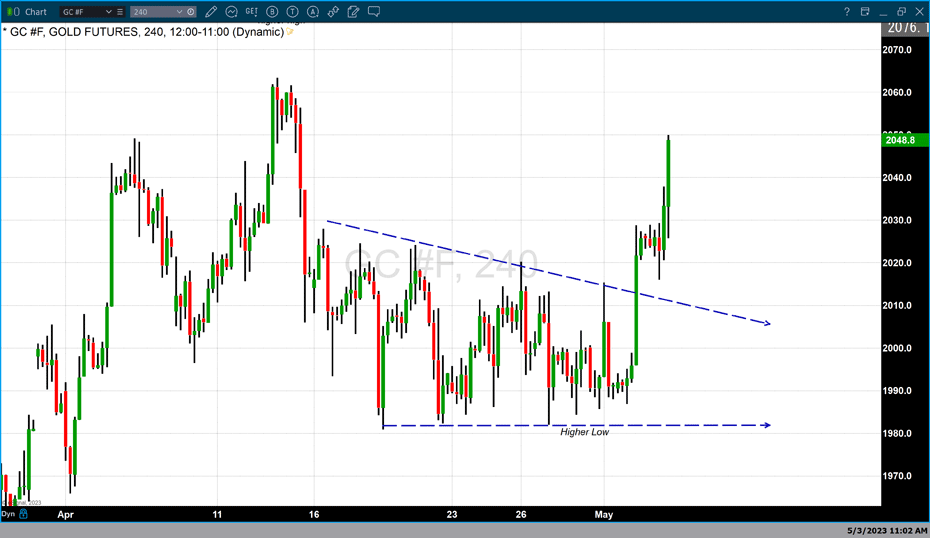

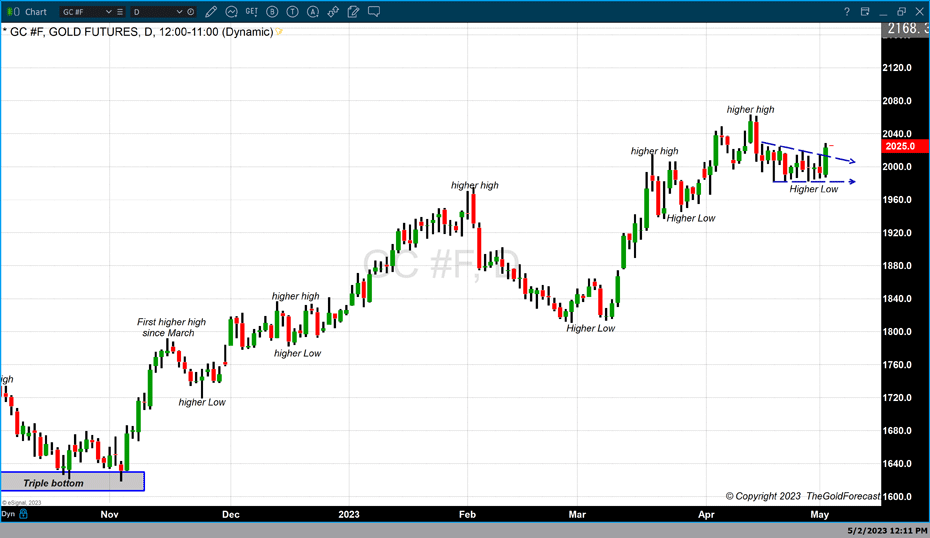


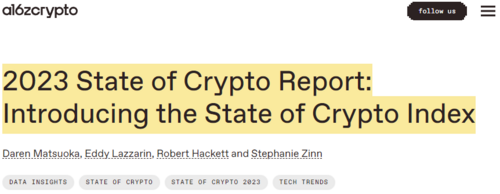
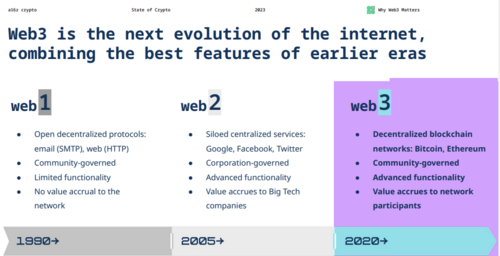
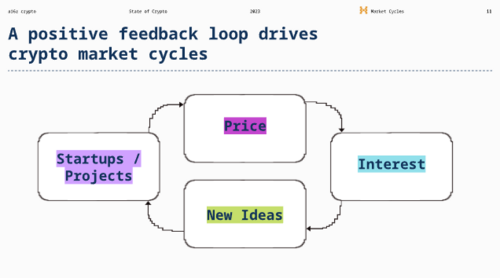
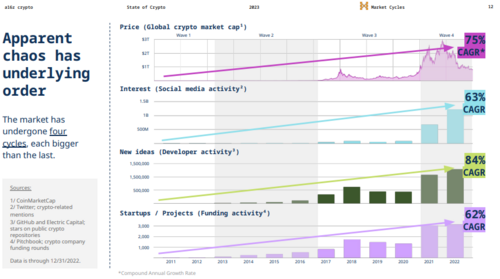
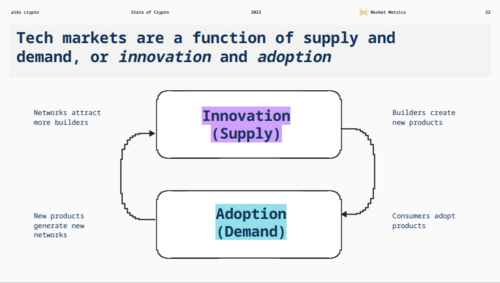
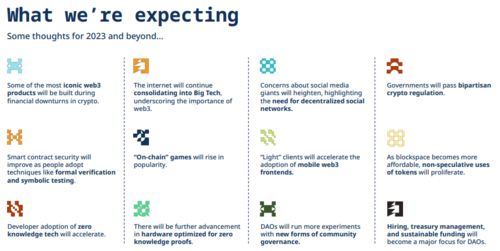
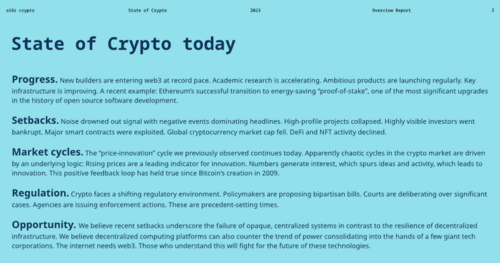


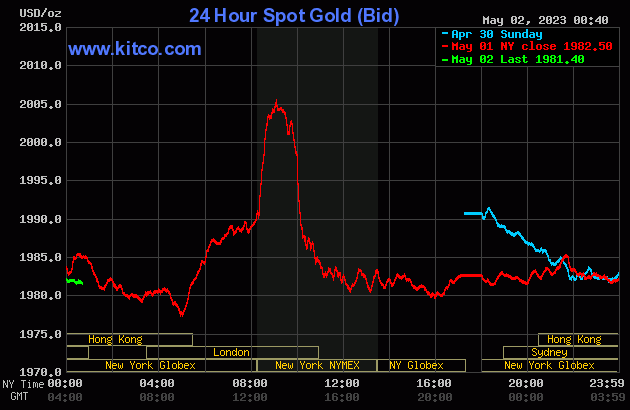
 S&P 500 will crash 20% as 'panic' sets in and gold hits $2,300 in 2023, Fed will cause 'more tremors' in banking sector – Gareth Soloway
S&P 500 will crash 20% as 'panic' sets in and gold hits $2,300 in 2023, Fed will cause 'more tremors' in banking sector – Gareth Soloway